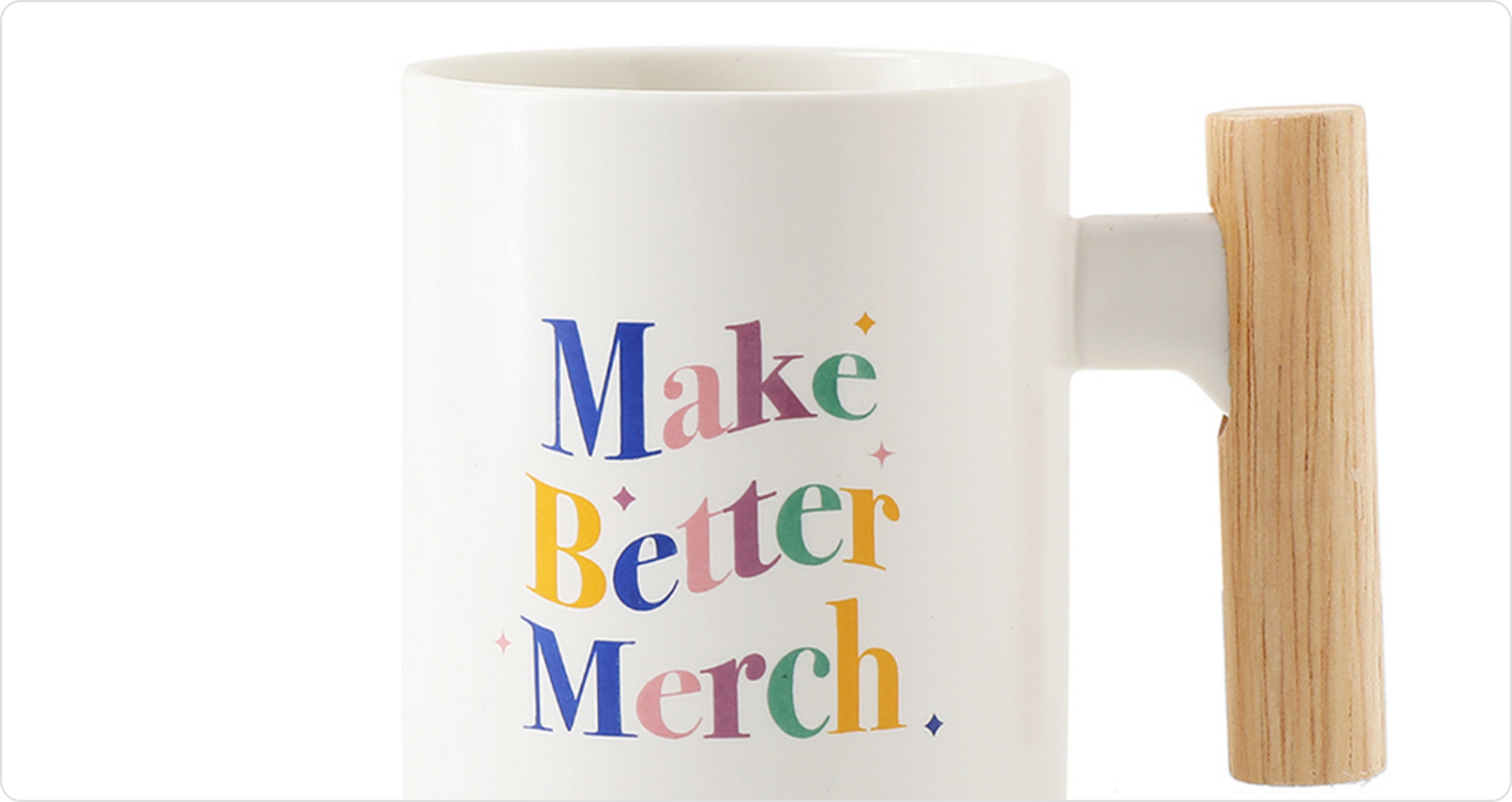Decal printing

Decal printing, formally known as decalcomania, is a decorative technique that has been around for centuries.
Despite its long history, many people are unfamiliar with the term "decalcomania" and may find it a bit puzzling at first.
But don't let the fancy name fool you – decalcomania is simply the technical term for the process of creating and applying decals.
Let’s explore this design technique, its operation, its pros and cons, and more.
What is decalcomania?
Decalcomania, usually shortened to decal, is a printing technique in which a design is first printed onto special paper or film and then transferred to the surface of an object.
The decal paper or film holds or carries the design. When applied to the desired surface, the design is released and adheres to the object, creating a permanent decoration.
Decals are sometimes called transfers, as the design is transferred from the decal paper to the product’s surface.
How does the decal printing technique work?
There are two main types of decals: water-slide and vinyl-cut. While each has its own characteristics, both involve creating the design and applying the decal to the desired surface.
Water-slide decals
Water-slide decals use water to activate the transfer process. The design is printed onto a special water-soluble film, which is then applied to the object's surface.
When moistened, the film separates from the backing paper, allowing the design to slide onto the surface. As the film dries, it adheres to the object.
Vinyl-cut decals
Vinyl-cut decals are created using a special vinyl film cut into the desired shape using a plotter or cutting machine. The excess vinyl is removed, leaving only the design on the backing paper.
To apply, the backing paper is peeled away, and the vinyl design is carefully placed on the surface of the object, then smoothed out to remove air bubbles and ensure a strong bond.
Types of decal printing
The two main types of decal printing are spot color and CMYK.
Each method has its own unique advantages and considerations, so you’ll need to choose the right option for your design carefully.
Spot color decals
Spot color decals are ideal for designs that require precise color matching, such as brand logos or specific Pantone colors.
Each color is printed separately using pre-mixed inks, ensuring accurate and consistent color reproduction. At Wayo, we can produce spot color decals with up to 6 colors.
CMYK decals
CMYK decals use a four-color printing process (Cyan, Magenta, Yellow, and Black) to create a wide range of colors and tones. This is ideal for designs with complex color gradients, photographs, or illustrations that require a broader color palette.
CMYK decals are generally more cost-effective than spot color decals, as they don't require individual color mixing.
How to choose between spot color and CMYK decals
Deciding between spot color and CMYK decals can be tricky. Consider the following:
- Color accuracy: If your design requires precise color matching, such as for brand logos or specific Pantone colors, spot color decals may be the better choice.
- Design complexity: If your design features complex color gradients, photographs, or illustrations, CMYK decals can provide a wider range of colors and tones.
- Quantity: For larger production runs, CMYK decals may be more cost-effective, as they require less setup time and materials than spot color decals.
- Budget: Spot color decals can be more expensive than CMYK decals, especially for designs with multiple colors.
Customize your products with decalcomania
Decal printing is excellent for adding custom designs and branding to a wide range of products.
Ready to bring your designs to life with decalcomania? Explore Wayo’s product catalog and start creating today.